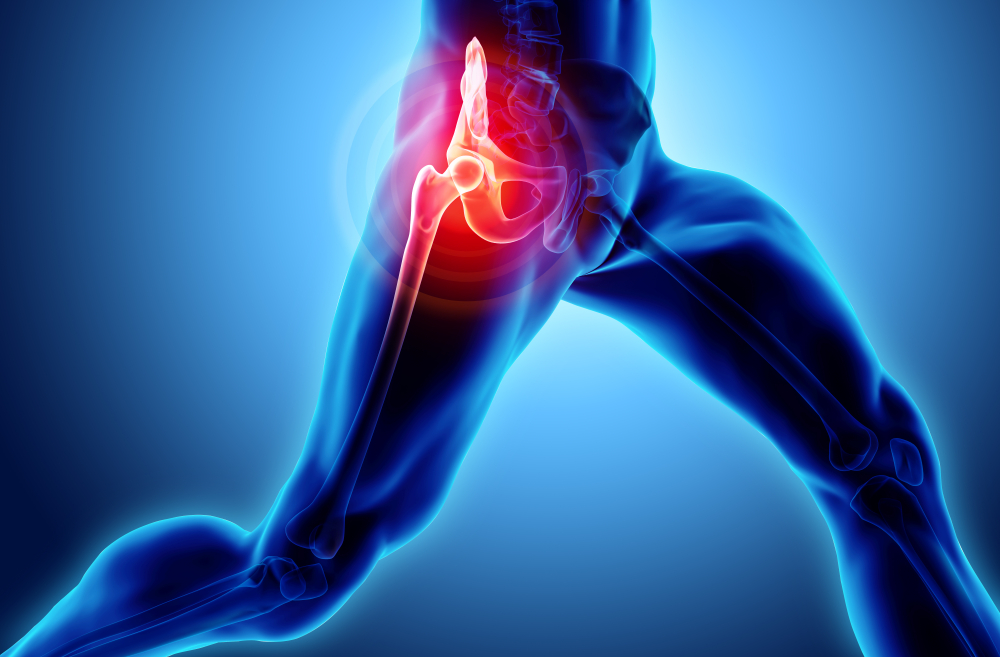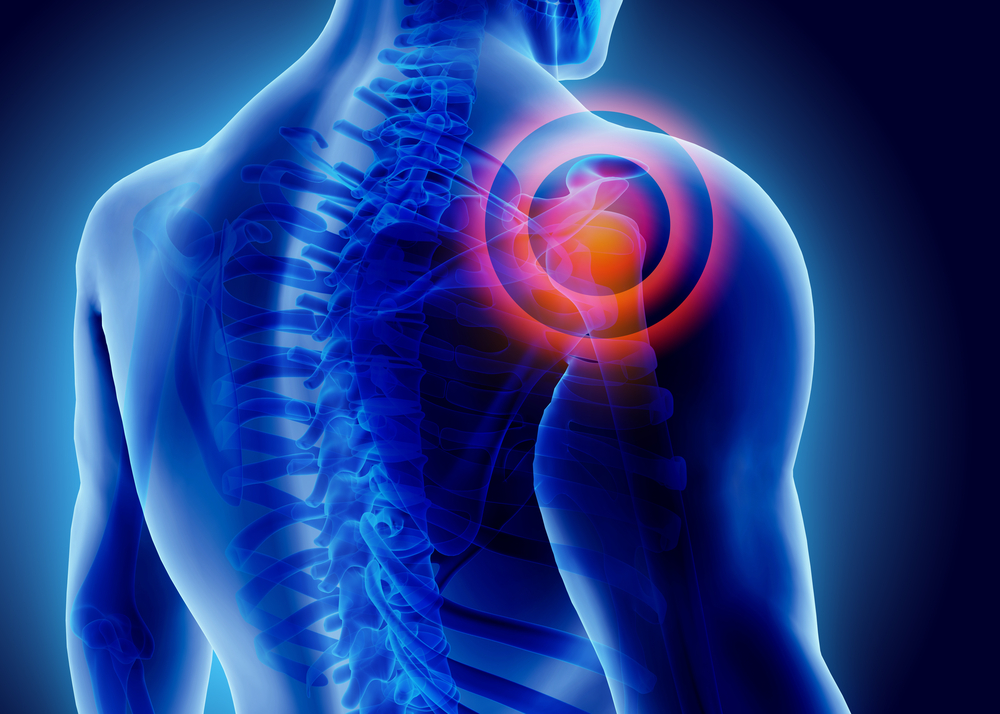Olive oil has been an essential part of the human diet for thousands of years and rightly so. It has been used extensively in Mediterranean, Asian and European culture as far back as literature can detect.
Research over many years has described that it is an excellent component to the diet for specific reasons.
Substances called phenolic antioxidants as well as flavonoids and lignans help to protect cells and tissues from free radical damage. This is the basis of Olive oil's anti cancer, and anti heart disease effects.
It may also be beneficial in those who have Rheumatiod Arthritis.
When red wine and olive oil are combined the anti atherogenic ( anti plaque formation) potential is far greater than either alone.
As an overview in looking at all of the fats and oils that we can consume, olive oil is by far the best and most protective of disease.
Please look at the following articles to see the research.
Thanks,
Dr. Chris Calapai
The antioxidant/anticancer potential of phenolic compounds isolated from olive oil
In our ongoing studies on the chemoprevention of cancer we have a particular interest in the health benefits of the Mediterranean diet, of which olive oil is a major component. Recent studies have shown that extravirgin olive oil contains an abundance of phenolic antioxidants including simple phenols (hydroxytyrosol, tyrosol), aldehydic secoiridoids, flavonoids and lignans (acetoxypinoresinol, pinoresinol). All of these phenolic substances are potent inhibitors of reactive oxygen species attack on, e.g. salicylic acid, 2-deoxyguanosine.
Currently there is growing evidence that reactive oxygen species are involved in the aetiology of fat-related neoplasms such as cancer of the breast and colorectum. A plausible mechanism is a high intake of omega-6 polyunsaturated fatty acids which are especially prone to lipid peroxidation initiated and propagated by reactive oxygen species, leading to the formation (via alpha,beta-unsaturated aldehydes such as trans-4-hydroxy-2-nonenal) of highly pro-mutagenic exocyclic DNA adducts.
Previous studies have shown that the colonic mucosa of cancer patients and those suffering from predisposing inflammatory conditions such as ulcerative colitis and Crohn's disease generates appreciably higher quantities of reactive oxygen species compared with normal tissue. We have extended these studies by developing accurate high performance liquid chromatography (HPLC) methods for the quantitation of reactive oxygen species generated by the faecal matrix.
The data shows that the faecal matrix supports the generation of reactive oxygen species in abundance. As yet, there is a dearth of evidence linking this capacity to actual components of the diet which may influence the colorectal milieu.
However, using the newly developed methodology we can demonstrate that the antioxidant phenolic compounds present in olive oil are potent inhibitors of free radical generation by the faecal matrix. This indicates that the study of the inter-relation between reactive oxygen species and dietary antioxidants is an area of great promise for elucidating mechanisms of colorectal carcinogenesis and possible future chemopreventive strategies.
Practical kinetics I: Quantitation of barbiturate stability by TLC
The purpose of this work was the application of established techniques to the quantitation of stability investigations of liquid formulations as well as in solution kinetic studies. The process consists of streaking aliquots of reaction solution on TLC plates, development, elution, and analysis of the substances in the eluate. Several barbiturates were investigated regarding their decomposition at elevated temperatures.
Reasonable correlation is noted between obtained rate constants and literature data. This technique represents a utilitarian approach to stability screening of compounds in solution, aqueous or otherwise, where chromatographic separation and analytical methodology for the pure compound are available.
Risk of first non-fatal myocardial infarction negatively associated with olive oil consumption: a case-control study in Spain
Background Olive oil is the main source of dietary lipids inmost Mediterranean countries where mortality and incidence ratesfor coronary heart disease (CHD) are the lowest in Europe. Althoughinternational comparisons and mechanistic reasons support thehypothesis that a high olive oil intake may prevent CHD, limiteddata from studies of individuals are available.
Methods A hospital-based case-control study was conducted inPamplona (Spain) recruiting 171 patients (81% males, age <80years) who suffered their first acute myocardial infarctionand 171 age-, gender- and hospital-matched controls (admittedto minor surgery, trauma or urology wards). A validated semi-quantitativefood frequency questionnaire (136 items) was used to appraiseprevious long-term dietary exposures.
The same physician conductedthe face-to-face interview for each case patient and his/hermatched control. Conditional logistic regression modelling wasused to take into account potential dietary and non-dietaryconfounders.
Results The exposure to the upper quintile of energy-adjustedolive oil (median intake: 54 g/day) was associated with a statisticallysignificant 82% relative reduction in the risk of a first myocardialinfarction (OR = 0.18; 95% CI : 0.06–0.63) after adjustmentfor dietary and non-dietary confounders.
Conclusions Our data suggest that olive oil may reduce the riskof coronary disease. These findings require confirmation infurther observational studies and trials.
Olive Oil and Red Wine Antioxidant Polyphenols Inhibit Endothelial Activation
Objective— Epidemiology suggests that Mediterranean dietsare associated with reduced risk of cardiovascular disease.Because monocyte adhesion to the endothelium is crucial in earlyatherogenesis, we evaluated whether typical olive oil and redwine polyphenols affect endothelial–leukocyte adhesionmolecule expression and monocyte adhesion.
Methods and Results— Phytochemicals in olive oil and redwine, including oleuropein, hydroxytyrosol, tyrosol, elenolicacid, and resveratrol, with or without antioxidant activity,were incubated with human umbilical vein endothelial cells for30 minutes, followed by co-incubation with bacterial lipopolysaccharideor cytokines to trigger adhesion molecule expression. At nutritionallyrelevant concentrations, only oleuropein, hydroxytyrosol, andresveratrol, possessing a marked antioxidant activity, reducedmonocytoid cell adhesion to stimulated endothelium, as wellas vascular cell adhesion molecule-1 (VCAM-1) mRNA and proteinby Northern analysis and cell surface enzyme immunoassay. Reportergene assays with deletional VCAM-1 promoter constructs indicatedthe relevance of nuclear factor- B, activator protein-1, andpossibly GATA binding sites in mediating VCAM-1 transcriptionalinhibition. The involvement of nuclear factor- B and activatorprotein-1 was finally demonstrated at electrophoretic mobilityshift assays.
Conclusions— Olive oil and red wine antioxidant polyphenolsat nutritionally relevant concentrations transcriptionally inhibitendothelial adhesion molecule expression, thus partially explainingatheroprotection from Mediterranean diets.


